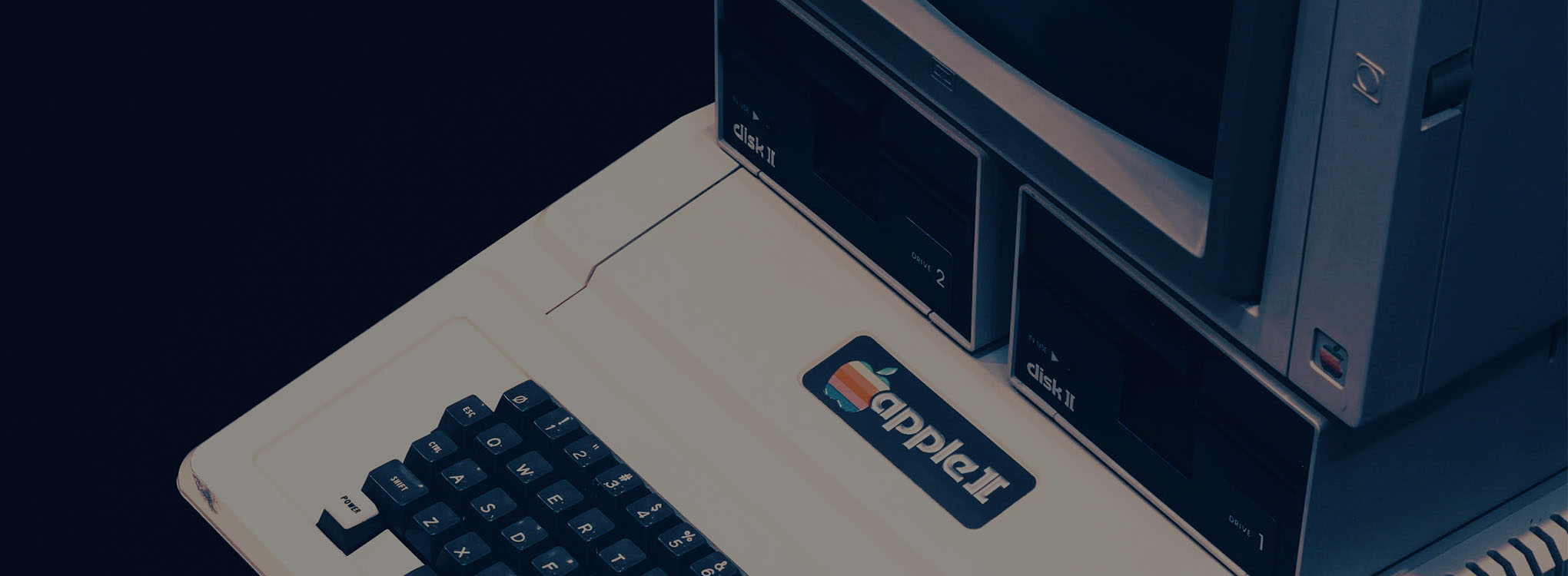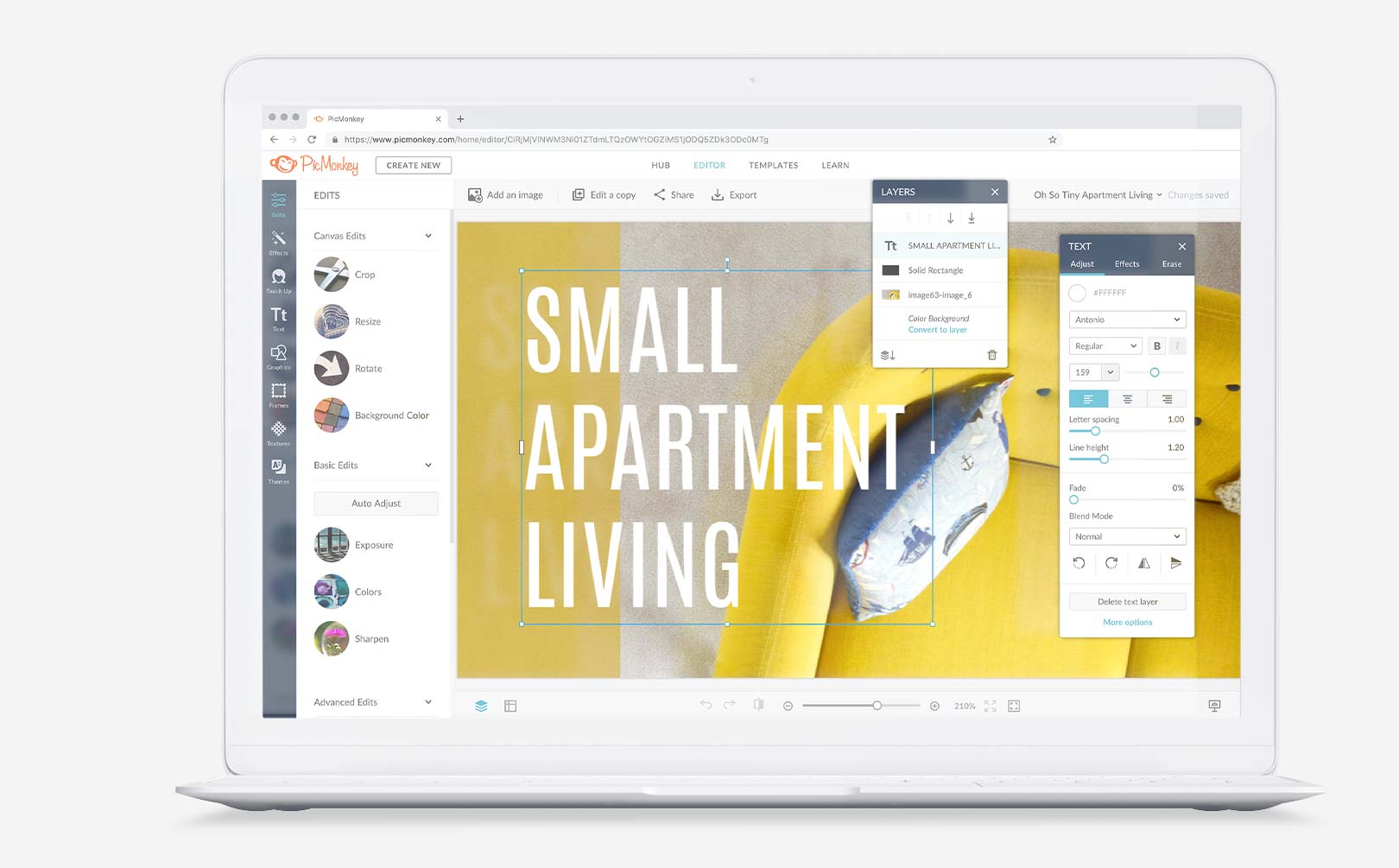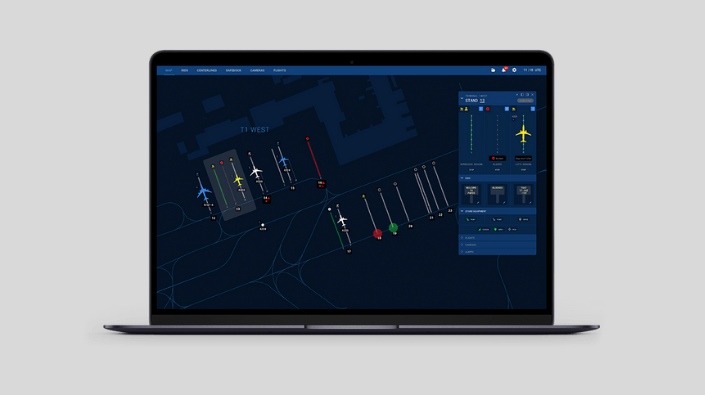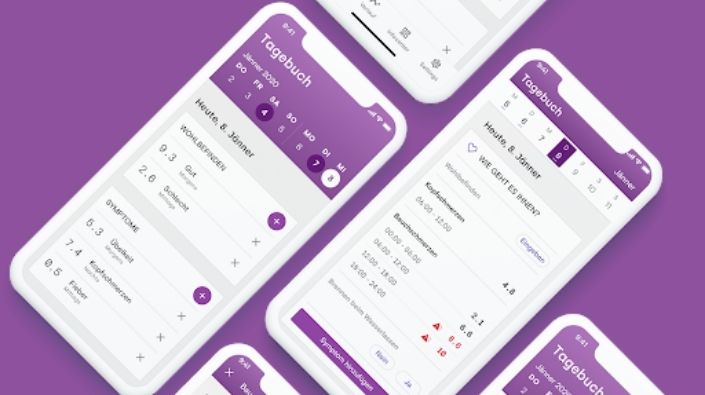


Legacy systems are common bottlenecks and in order to stay in the game, companies are investing into their modernization. Here is everything you need to know.

Once you decide to invest time, money and effort into legacy modernization,
these are some of the benefits and improvements in your daily business you can expect.
Legacy systems are common business bottlenecks and in order to stay ahead,
companies are exploring adaptation possibilities and increasingly investing into
legacy modernization. Here are the 3 most common approaches.



Unlike old wine and vintage cars, an old and outdated
IT system is nowhere as classy and cool. Turn this
liability into an asset by timely considering and
implementing legacy system modernization.